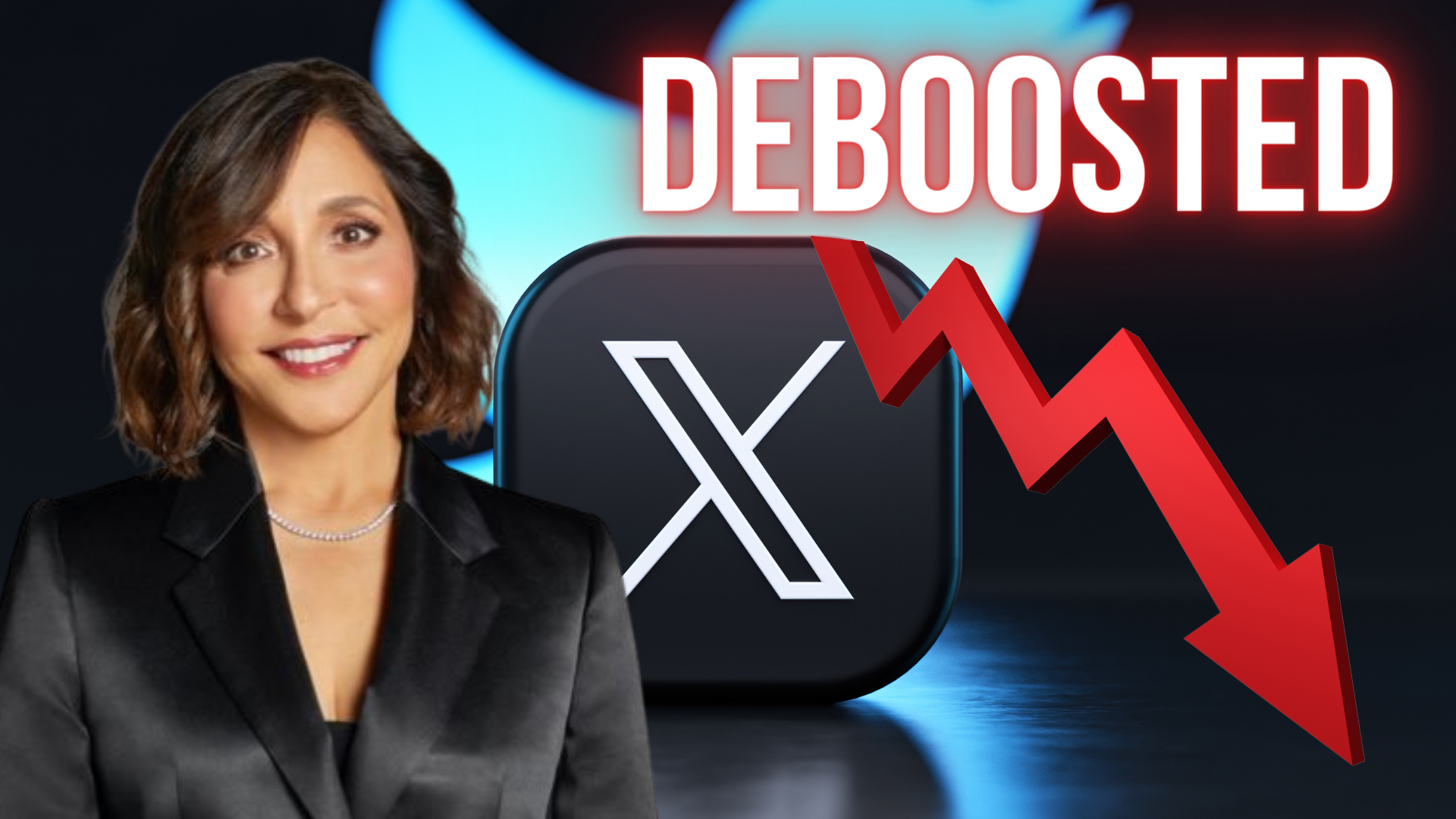Opinion
“X” Is Not Living Up to What Elon Musk Promised: Here’s Why
Elon Musk is widely hailed as a genius, a disruptor, and sometimes, a misfit. However, several of his promises to uphold Twitter (now X) as a ‘”free speech” platform have fallen through.

Elon Musk, the iconic entrepreneur behind SpaceX and Tesla, is widely hailed as a genius, a disruptor, and sometimes, a misfit. However, since his takeover of Twitter in 2022, several of his promises to uphold Twitter (now X) as a “free speech” platform have fallen through.

Popular YouTube personality Jeremy Hambly, AKA “The Quartering,” highlighted that most of the missteps began with the appointment of Twitter’s new CEO, Linda Yaccarino.
She entered the scene with a questionable track record, marked by apparent censorial tendencies and alleged affiliations with the World Economic Forum (WEF). Such a background was, for many, a red flag. Elon’s choice was, at the outset, a bid to salvage Twitter’s dwindling profitability through an aggressive advertising focus. And true, in the short term, advertising is the lifeline Twitter needs, especially as it continues to bleed cash.

However, Musk had promised a renewed emphasis on ‘freedom of speech, not freedom of reach’ for Twitter. The intention behind this was to differentiate between the right to voice an opinion and the reach that opinion gets on the platform. But the implementation seems to have missed the mark.

The reality is that while Twitter, under Musk, was vocal about being a ‘free speech’ platform, there was an alarming increase in account bans and content deboosting.
Such actions made one question the transparency and authenticity of Musk’s commitment. It’s evident that any content deemed ‘spicy’ or potentially contentious faced an 81% deboost, a statistic unsettling to many, especially when such determinations rely heavily on automated systems known for inaccuracies.

Musk’s assurances were further undermined by policies rolled out, which eerily resembled the old ‘Twitter 1.0′ rules – stringent content guidelines against incitement, threats, or what they ambiguously termed ‘abusive content.’ It felt like a rerun, only under a different leadership banner.

Yet, it wasn’t just about speech. Musk’s takeover promised no permanent bans unless there was a breach of the law.
This pledge, however, remained unfulfilled as numerous accounts faced unwarranted permanent bans, highlighting a glaring discrepancy between promises and actions. For example, popular Twitter personality @dom_lucre was banned shortly after questioning the drowning of former President Barack Obama’s personal chef. It wasn’t until a massive public outcry over the suspension that @dom_lucre’s account was reinstated.

The same goes for former pharma executive Sasha Latypova. Her account was banned for reported “hate speech,” a far cry from being unlawful speech and a vague term that can be weaponized to silence speech one doesn’t like. Latypova’s account was also reinstated, but it wasn’t until criticism of the suspension that “X” decided to reverse its decision.

Equally worrying is the deboosting of external links, which hits Substack articles especially hard.

Substack is a blogging platform primarily intended for independent writers, who depend on user subscriptions to support themselves. Ever since a controversy after the launching of “notes,” an added Substack feature similar to “X,” Substack articles no longer receive an image preview on “X,” making someone far less likely to click the shared link. In addition, the deboosting of the external link is far more severe than that of other news outlets — even if someone manually includes an image. In my own experience, sharing a post with a Substack link could receive as high as an 80% to 90% reduction in engagement compared to a post with no external link with an image or video.

The Washington Post is also reporting that Elon is throttling traffic to other websites “he dislikes.”

When users on “X” click on links leading to sites like the New York Times, Facebook, Reuters, Substack, and more, they experience a delay of approximately five seconds before the content is displayed.
This delay mechanism operates through the t.co domain, which is “X’s” link-shortening service. Every link shared on the platform gets processed through this domain, granting “X” the capability to monitor, and in this case, decelerate the traffic directed towards a particular external site. Such throttling can adversely affect the targeted websites by potentially reducing their traffic and associated advertisement revenue, especially if the delay prompts users to abandon the link due to impatience.
Now, I hate Facebook, The New York Times, Reuters, and frankly, just about all MSM outlets. But if the reports are accurate, laggy links for some websites but not for others is a practice that should not be tolerated. Musk has repeatedly said, “Unless people that you don’t like can say things that you don’t like, it’s not free speech.” And such a move is not in the spirit of this statement.
Twitter was never poised to be the end-all, be-all mecca for free speech. Despite this, the extent to which the platform deviated from its initial promises is disconcerting. While Musk remains an unparalleled business mogul with numerous achievements under his belt, it’s essential to evaluate his stewardship of Twitter (X) with a critical lens, discerning promises from reality.

-

 Health2 days ago
Health2 days agoWhat Have Vaccines Done to Us? The Truth is Disturbing
-

 Health24 hours ago
Health24 hours agoRussell Brand Goes Quiet as Florida Surgeon General Drops a Bomb on Dr. Anthony Fauci
-

 Health3 days ago
Health3 days agoNew WEF Report Reveals the Global Elites’ Shocking Plan to Enforce Vaccination
-

 News1 day ago
News1 day agoNikki Haley Reveals Her New Job After Dropping Out of 2024 Presidential Race in Disgrace





























